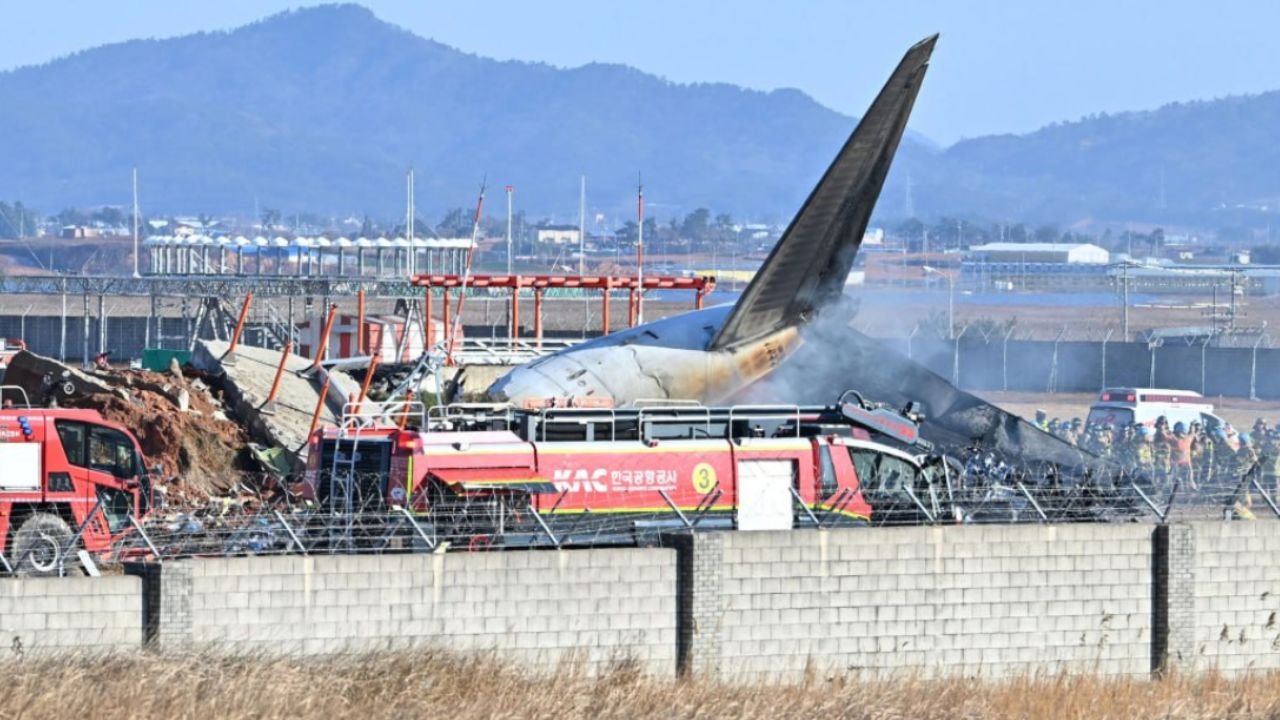Plane Crash Korea: This isn’t just a list of tragic events; it’s a story of human error, technological advancements, and the relentless pursuit of safer skies. We’ll delve into some of Korea’s most significant air disasters, exploring their causes, consequences, and the lasting impact on aviation safety regulations and public perception. From the geopolitical ramifications of specific incidents to the economic consequences for the nation, we’ll examine the multifaceted impact of these crashes.
Okay, so you’re looking into plane crashes in Korea, right? A pretty serious topic. It’s interesting to think how such events impact everyone, even famous actors like lee byung-hun , who might have personal connections to Korea or even be affected by the national mood following a tragedy. Ultimately, though, these crashes highlight the importance of aviation safety and the need for constant improvements in the industry to prevent future incidents.
We’ll cover key events like the Asiana Airlines Flight 214 crash and Korean Air Lines Flight 007, analyzing contributing factors and the subsequent investigations. We’ll also compare Korean aviation safety standards to global best practices and discuss strategies implemented to rebuild public trust after major accidents. Get ready for a detailed look at a critical aspect of Korean aviation history.
Thinking about the devastating plane crashes in Korea history makes you realize how these events impact communities globally. It’s a sobering reminder that air travel, while generally safe, carries inherent risks. For instance, you might want to check out the details of a similar tragedy, a recent plane crash in Halifax , to see the aftermath and investigative processes involved.
Understanding these investigations can help us learn from past mistakes and improve aviation safety, particularly in preventing future tragedies like those seen in Korea.
A History of Plane Crashes in Korea: An Examination of Causes, Consequences, and Improvements: Plane Crash Korea
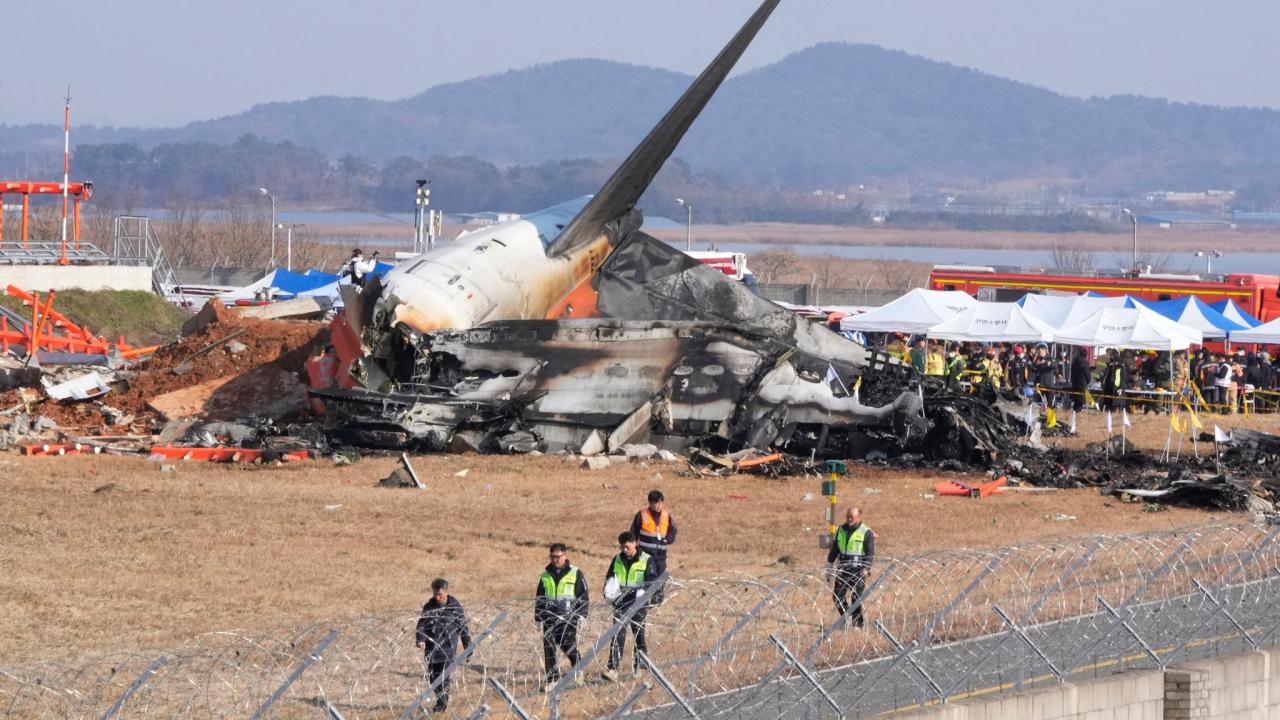
Korea’s aviation history, like that of many nations, includes both remarkable progress and tragic accidents. This article delves into the significant plane crashes that have shaped the Korean aviation industry, analyzing their causes, consequences, and the subsequent advancements in safety regulations and technology. We’ll explore the role of human error, the economic impacts, and compare Korea’s aviation safety record with international standards.
Historical Context of Plane Crashes in Korea
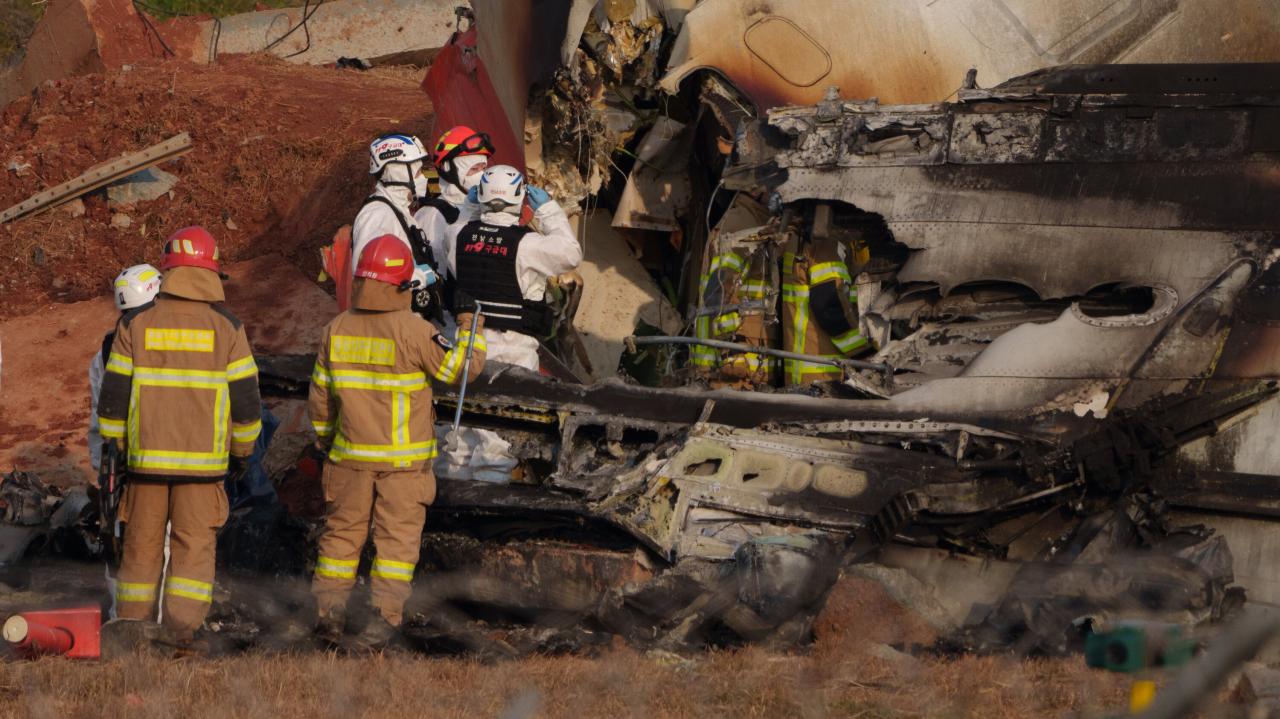
Understanding the evolution of aviation safety in Korea requires examining a timeline of significant plane crashes. These incidents, while tragic, have spurred critical improvements in safety protocols and technological advancements.
- 1970s-1980s: This period saw several crashes attributed to a combination of factors, including aging aircraft, less stringent safety regulations, and potentially less advanced pilot training compared to today’s standards. These accidents highlighted the need for improved infrastructure and stricter oversight.
- 1990s-2000s: The focus shifted towards improving pilot training and implementing more sophisticated safety management systems. Technological advancements in aircraft design and maintenance also played a significant role in enhancing safety. However, several incidents during this period still underscored the ongoing challenges in ensuring consistent safety.
- 2010s-Present: The Korean aviation industry has continued to invest heavily in safety technology and training. However, isolated incidents remind us that vigilance and continuous improvement are essential for maintaining high safety standards.
The impact of these crashes varied, affecting not only the immediate loss of life but also public confidence in the industry, leading to regulatory changes and increased scrutiny of safety procedures.
Analysis of Specific Korean Plane Crashes
Two significant crashes stand out due to their impact and the lessons learned: Asiana Airlines Flight 214 and Korean Air Lines Flight 007. These incidents illustrate different contributing factors and highlight the multifaceted nature of aviation safety.
| Incident | Contributing Factors | Consequences | Investigation Findings | Subsequent Changes |
|---|---|---|---|---|
| Asiana Airlines Flight 214 | Pilot error, inadequate crew resource management, and potential communication breakdowns | Significant loss of life, injuries, damage to reputation of Asiana Airlines, and increased scrutiny of pilot training programs. | Findings highlighted the need for improved pilot training, particularly regarding approach procedures and crew communication. | Enhanced pilot training programs, improved crew resource management protocols, and stricter adherence to safety guidelines. |
| Korean Air Lines Flight 007 | Soviet military interception over disputed airspace. | All passengers and crew perished, heightened geopolitical tensions between the US and USSR. | Investigation revealed the Soviet Union’s actions and the lack of communication between the aircraft and air traffic control. | While not directly impacting Korean aviation regulations, the incident raised international awareness about the need for clearer airspace boundaries and improved communication protocols in international airspace. |
A common theme across many Korean plane crashes is the interplay of human factors and technological issues. Often, it’s the combination of these factors that leads to catastrophic outcomes.
A visual representation of the geographical distribution of plane crashes in Korea throughout history could be a map showing the locations of each significant incident. The size of the markers could correspond to the number of casualties in each incident, and different colors could represent different decades or causes of the crashes. This would provide a clear visual overview of where and when these events occurred.
The Role of Human Error in Korean Plane Crashes, Plane crash korea
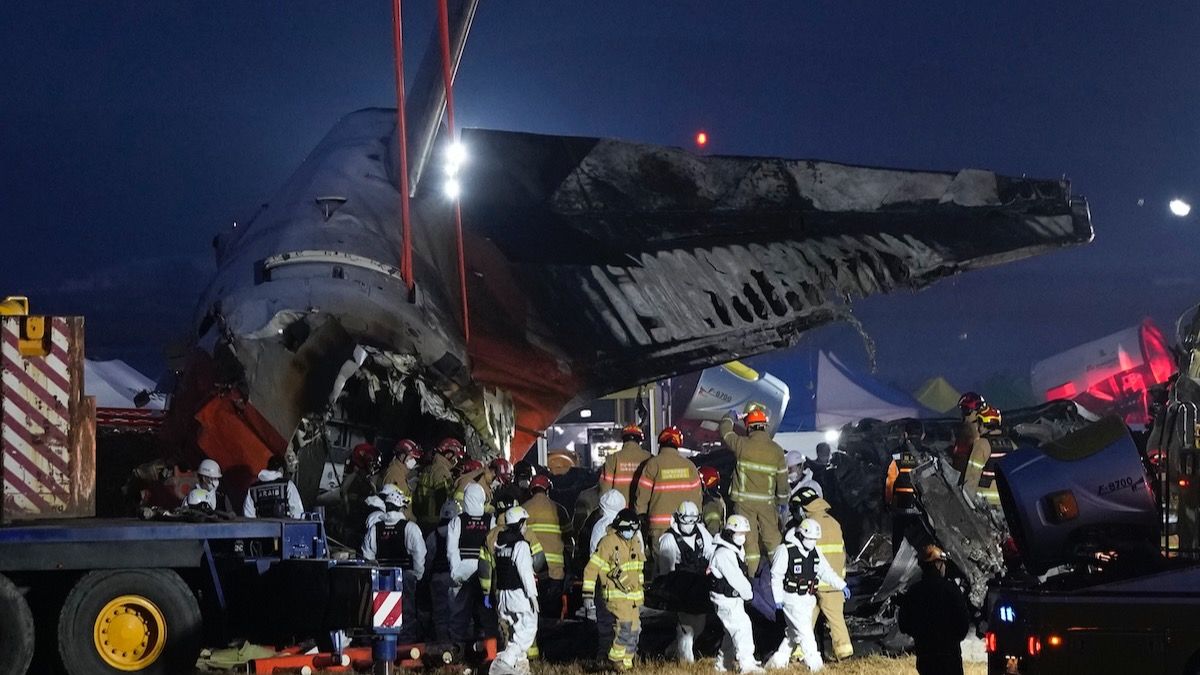
Human error remains a significant factor in many aviation accidents globally, including in Korea. This encompasses various aspects, from pilot decision-making to maintenance oversight.
- Pilot error, including inadequate flight planning, poor decision-making under pressure, and improper execution of procedures, has been identified in several incidents.
- Communication breakdowns between the cockpit crew and air traffic control, or amongst crew members, have also contributed to accidents.
- Maintenance errors and inadequate oversight of aircraft maintenance procedures can also lead to catastrophic outcomes.
Comparisons of Korean pilot training programs with international standards are complex and require detailed analysis of specific curricula and assessment methods. However, continuous improvements in training and crew resource management (CRM) are crucial to mitigate the risks associated with human error.
Impact on the Korean Aviation Industry and Economy
Major plane crashes have significant economic consequences for the Korean aviation industry, affecting airline profitability, insurance costs, and public trust. Tourism and foreign investment can also be negatively impacted following such events.
Plane crashes in Korea, sadly, aren’t uncommon. Investigations often focus on various factors, from weather conditions to mechanical failures. A particularly tragic event that highlights these complexities is the jeju plane crash , which spurred significant changes in aviation safety protocols across the region. Understanding this specific incident helps us learn more about broader issues surrounding plane crashes in Korea and how to improve safety measures.
- Reduced passenger numbers and increased insurance premiums.
- Negative media coverage impacting tourism and foreign investment.
- Long-term damage to the reputation of Korean airlines and the overall aviation industry.
Strategies to rebuild public confidence typically involve transparent investigations, proactive communication, improved safety measures, and investments in pilot training and technology.
International Comparisons and Best Practices
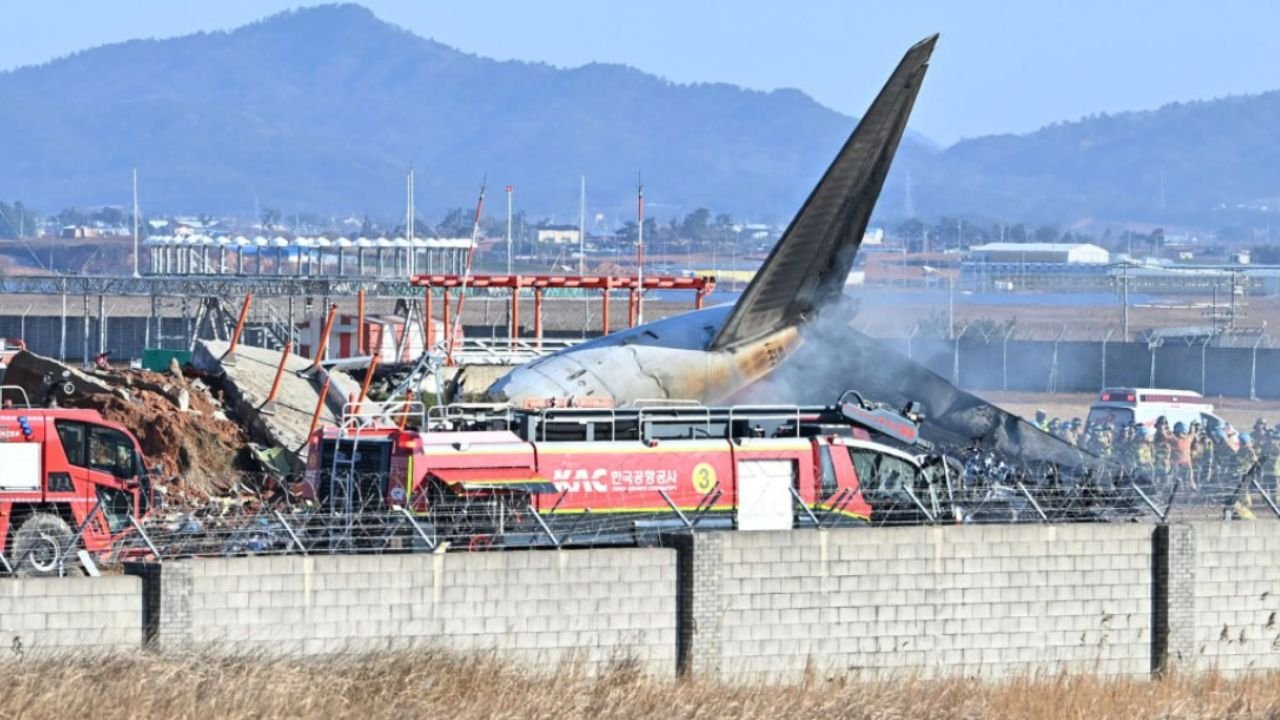
Comparing Korea’s aviation safety record with other major airlines globally requires examining various metrics, including accident rates per flight hour and passenger miles. Best practices from other countries, such as robust safety oversight, advanced training programs, and effective accident investigation processes, can inform continuous improvement efforts.
Korea actively participates in international aviation safety collaborations, sharing data, best practices, and participating in investigations. International aviation organizations like ICAO play a crucial role in setting safety standards and coordinating global efforts to prevent accidents.
Last Recap
Understanding the history of plane crashes in Korea offers crucial lessons for improving aviation safety worldwide. By analyzing past mistakes and celebrating advancements, we can strive towards a future where such tragedies are minimized. The journey through these events highlights the complex interplay between human factors, technological limitations, and the ongoing effort to ensure safer skies for all. The resilience of the Korean aviation industry and its commitment to learning from these events is a testament to its dedication to safety.
FAQ Guide
What role did weather play in Korean plane crashes?
Weather has been a contributing factor in some crashes, but its significance varies depending on the specific incident. Some crashes were directly caused by severe weather, while others had weather as a contributing factor alongside other issues like human error or mechanical failure.
How has public opinion in Korea shifted regarding air travel safety since major crashes?
Public trust in Korean airlines fluctuates following major accidents. Initially, there’s often a decline in confidence, but through transparent investigations, safety improvements, and effective communication, trust can be gradually rebuilt. Government regulations and airline responses play a significant role in shaping public perception.
Are there any ongoing debates or controversies surrounding the investigation of specific Korean plane crashes?
Yes, like many aviation accidents, some investigations have faced scrutiny and debate regarding the findings and their implications. Differences in opinions about the causes and responsibilities can sometimes arise, leading to ongoing discussions and analyses.
